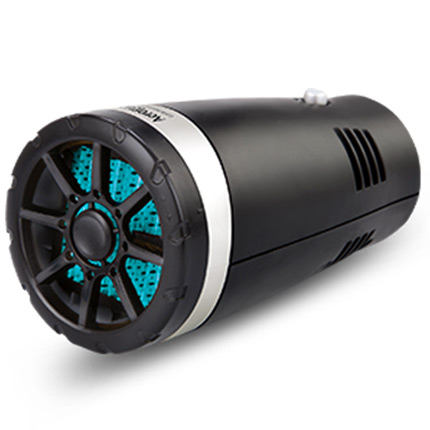clutch hydraulic pipe
Understanding Clutch Hydraulic Pipes Key Components of a Smooth Driving Experience
The automotive industry has advanced significantly over the years, enhancing vehicle performance, safety, and comfort. One critical component that plays a vital role in ensuring a smooth driving experience is the clutch hydraulic pipe. This article delves into the function, importance, and maintenance of clutch hydraulic pipes, underscoring their role in automotive hydraulics.
What is a Clutch Hydraulic Pipe?
A clutch hydraulic pipe is an integral part of the hydraulic clutch system in many modern vehicles. It transfers hydraulic fluid from the master cylinder to the slave cylinder when the clutch pedal is pressed. This process allows the driver to engage or disengage the clutch smoothly. The hydraulic system eliminates the need for mechanical linkages, ensuring a more responsive and refined driving experience.
The hydraulic pipe is typically made of durable materials to withstand high pressure and temperature fluctuations generated during operation. Its design also incorporates features that prevent leaks and potential hazards, contributing to the overall safety of the vehicle.
The Role of Clutch Hydraulic Pipes
The clutch system operates on principles of hydraulics based on Pascal's law, which states that when pressure is applied to a confined fluid, it transmits that pressure throughout the fluid in all directions. When the driver presses the clutch pedal, the master cylinder generates hydraulic pressure that travels through the hydraulic pipe to the slave cylinder. The slave cylinder then engages or disengages the clutch, allowing for smooth gear transitions.
clutch hydraulic pipe

This hydraulic system offers several advantages over traditional mechanical systems. It requires less effort to operate, provides a more direct connection between the pedal and the clutch, and enhances the overall reliability of the system. Such features contribute to a more enjoyable driving experience, particularly during stop-and-go traffic or while driving in hilly areas.
Importance of Maintenance
Like any automotive part, clutch hydraulic pipes require regular inspection and maintenance to ensure optimal performance. Over time, these pipes can develop leaks, corrosion, or damage due to exposure to heat and chemicals. A compromised hydraulic pipe can lead to a loss of hydraulic fluid, resulting in poor clutch performance and potentially leaving the driver unable to shift gears.
Drivers should be aware of warning signs indicating clutch hydraulic pipe issues. These include difficulty in engaging the clutch, unusual noises when pressing the clutch pedal, or fluid leaks under the vehicle. Regular maintenance checks are essential to identify any problems early, ensuring they are addressed before they escalate into more significant issues.
Choosing the Right Clutch Hydraulic Pipe
When replacing or upgrading clutch hydraulic pipes, it is crucial to select high-quality components that meet industry standards. OEM (Original Equipment Manufacturer) parts are recommended as they ensure compatibility with the vehicle’s existing systems and are typically designed to last longer. Aftermarket parts can also be viable options, provided they undergo rigorous testing and meet safety regulations.
In conclusion, clutch hydraulic pipes are essential components of modern vehicle transmission systems, providing efficient and reliable clutch operation. Understanding their functionality, importance, and maintenance can help drivers appreciate their role in automotive performance. By ensuring these components are in good condition, drivers can enjoy a smoother, more responsive driving experience, thereby enhancing their overall safety on the road.
-
Workings of Clutch Pipe and Hose SystemsNewsJun.04,2025
-
The Inner Workings of Hand Brake Cable SystemsNewsJun.04,2025
-
The Secrets of Throttle and Accelerator CablesNewsJun.04,2025
-
The Hidden Lifeline of Your Transmission Gear Shift CablesNewsJun.04,2025
-
Demystifying Gear Cables and Shift LinkagesNewsJun.04,2025
-
Decoding Clutch Line Systems A Comprehensive GuideNewsJun.04,2025
